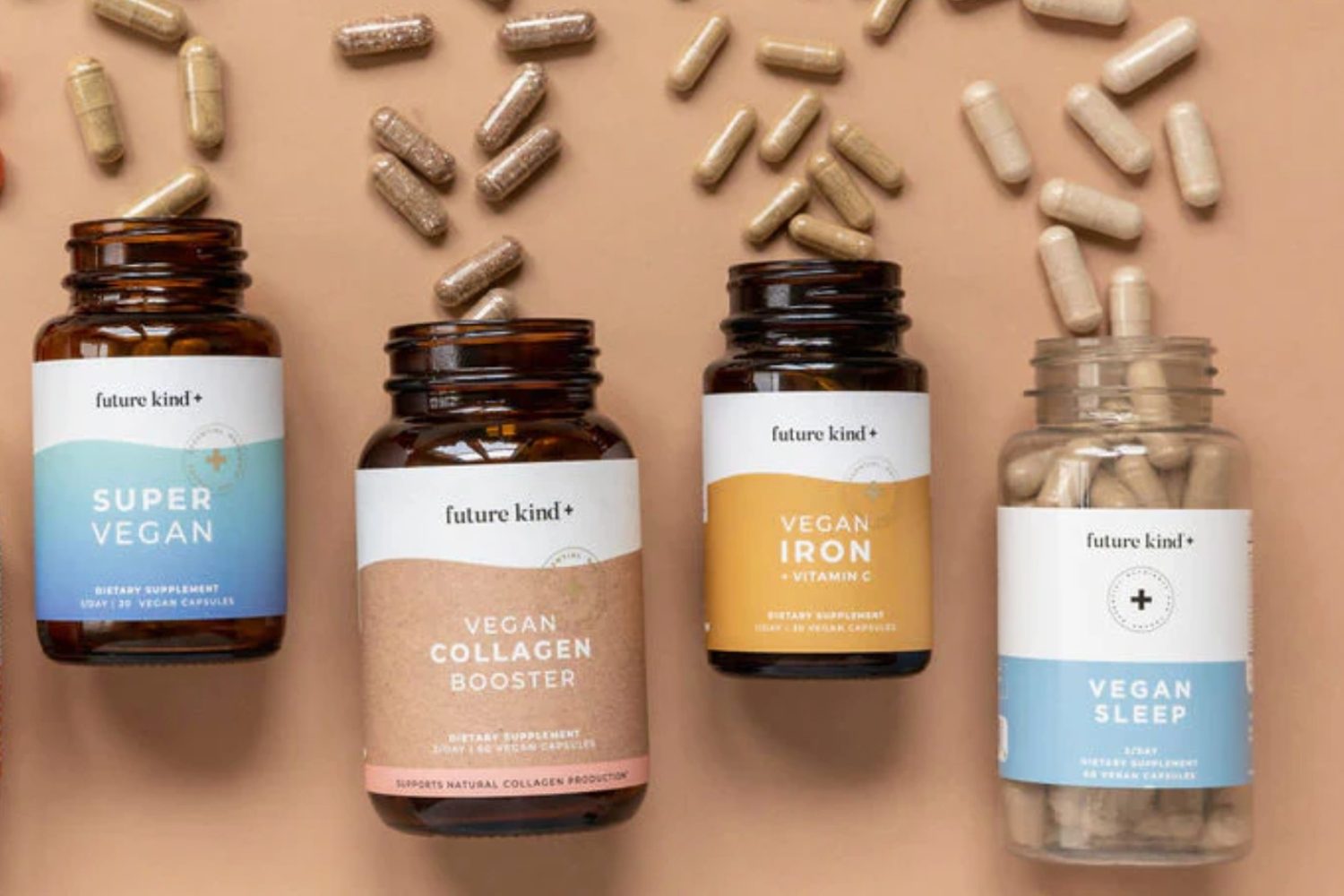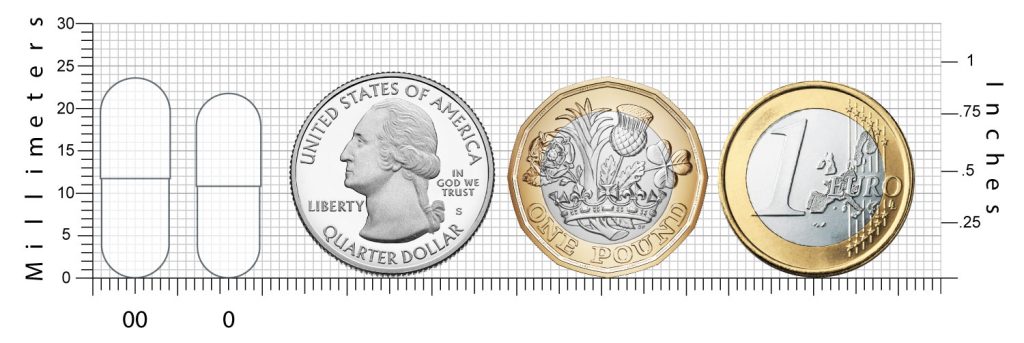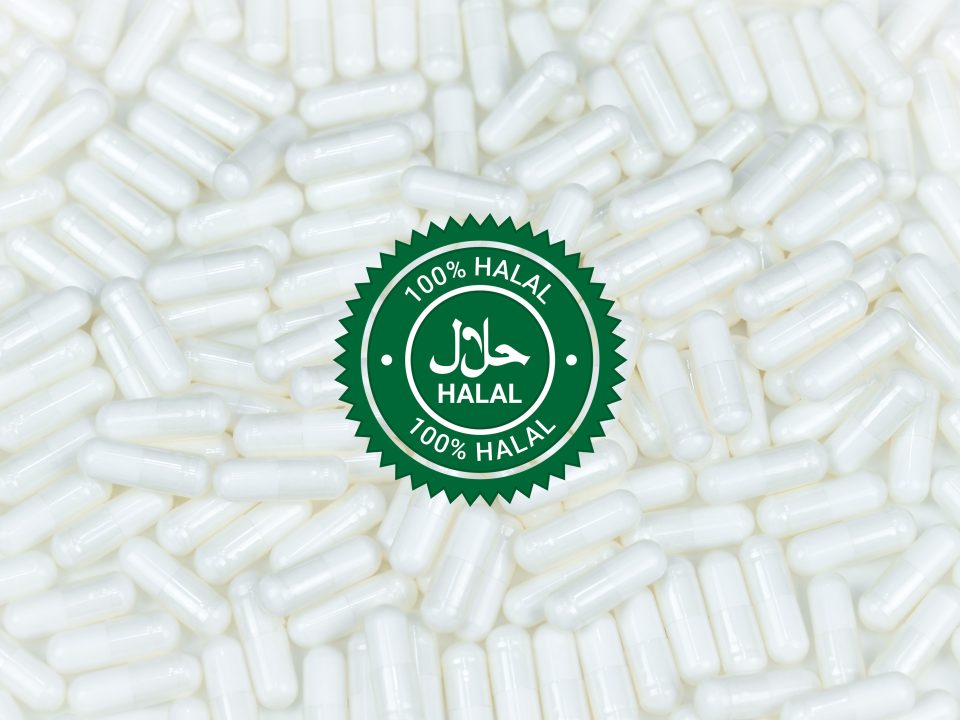
Market trends show capsules are increasingly popular, especially in the supplement sector. Many consumers choose capsules over tablets because they’re easier to take, faster to absorb, better at masking taste and odor, and perceived as higher quality.
New to the industry? Planning to develop a capsule product? One key fact you need to know: capsules come in different sizes. So, “Which capsule size should we use?” Capsule sizes aren’t just about big or small, and can be confusing at first. The good news? Once you understand the capsule size chart, finding the correct fit for your product will be much simpler.
What Are Capsule Sizes?
In the simplest terms, capsule sizes are a way to measure how much of the active ingredients a capsule can carry. The standard capsule sizes are assigned a unique number, like 000, 00, 0, 1, 2, 3, 4, or 5.

A fun fact is that the numbers are backward, which means the smaller the number, the bigger the capsule. For example, size 000 is the largest capsule and can hold a high dosage. Size 5 is the smallest and is often used for microdosing.
Capsule sizes help ensure the right dosage, so consumers can take medicine comfortably and safely.
Why Are Capsules Available in Different Sizes?
Both medicines and supplements have different target users. And for each product to work effectively, the dosage varies. This means it’s impossible for a single “standard” capsule size to fit every formula, dose, or patient.
1. Dosage Requirements
The most obvious reason is dosage. For example:
- Many herbal blends and nutrients are poorly absorbed, so they are often made in higher doses. These high-dose products need larger capsules to ensure an effective amount is delivered.
- Some potent drugs are effective at a very low dose, so a smaller capsule is enough. This is also the case with microdosing and pediatric medicines.

Different sizes fit varying dosing needs without wasting capsule space or cramming too much powder inside.
2. Swallowing Ease
Since capsules are not chewable, swallowing is a real challenge, especially for vulnerable groups.
- A large capsule that is over 20 mm long can be hard for children and older adults to take.
- Some people also find big pills intimidating or uncomfortable.

That’s why smaller capsule sizes are important. They make swallowing easier and improve patient compliance.
3. Product Variety
Most capsule filling machines today are built to handle the full spectrum of capsule sizes. You just need to switch out the tooling or adjust the setup.

This means you could have a diverse capsule production line. Most importantly, it saves you from buying separate machines for each capsule size. You’ll be freed up with more money to invest in new product launches.
4. Packaging Needs
Finally, capsule size also impacts packaging.

- Smaller capsules let manufacturers fit more units per bottle. This helps reduce packaging material use and shipping costs.
- Larger capsules mean fewer units in each bottle, but they can create a “premium look” and give consumers the impression of a more “powerful” formula.
The Standard Capsule Size Chart
Here’s the capsule size chart most manufacturers rely on. It shows size number, volume, length, estimated fill weight depending on formulation density, and external diameters of caps and bodies.
| Capsule Size | Volume (ml) | Length (mm) | Capacity at 0.6 g/ml (mg) | Capacity at 0.8 g/ml (mg) | Capacity at 1.0 g/ml (mg) | Capacity at 1.2 g/ml (mg) | External Diameter (mm) | |
| 000 | 1.37 | 26.1 | 822 | 1096 | 1370 | 1644 | Cap | 9.91 |
| Body | 9.55 | |||||||
| 00 | 0.90 | 23.4 | 570 | 760 | 950 | 1140 | Cap | 8.56 |
| Body | 8.23 | |||||||
| 0 | 0.68 | 21.6 | 408 | 544 | 680 | 816 | Cap | 7.64 |
| Body | 7.35 | |||||||
| 1 | 0.48 | 19.4 | 288 | 384 | 480 | 576 | Cap | 6.96 |
| Body | 6.63 | |||||||
| 2 | 0.36 | 17.6 | 216 | 288 | 360 | 432 | Cap | 6.39 |
| Body | 6.12 | |||||||
| 3 | 0.27 | 15.7 | 162 | 216 | 270 | 324 | Cap | 5.85 |
| Body | 5.60 | |||||||
| 4 | 0.20 | 14.3 | 120 | 160 | 200 | 240 | Cap | 5.33 |
| Body | 5.08 | |||||||
| 5 | 0.13 | 11.1 | 78 | 104 | 130 | 156 | Cap | 4.91 |
| Body | 4.68 | |||||||
- Note: Volume = space inside capsule; Length = closed capsule length; Capacity = approximate fill weight depending on powder density; External Diameter = width of capsule cap and body.
- Additional info: You might come across size codes like “00E” or “0E.” The E stands for “elongated” or “extended.” They’re longer versions of size 00 or 0, but still fit standard machines.
What Is the Most Common Capsule Size?
If you look at the capsule size chart, you’ll see options from the giant #000 down to the tiny #5. But in fact, most medications or supplements don’t use the extremes. These manufacturers have preferred choices—size 0 and size 00.

Why? Because these two capsule sizes offer a good balance between these factors:
Dosage Capacity
Size 00 capsules are slightly bigger and hold about 750 mg of powder. The capacity makes them the go-to for higher-dose vitamins, herbs, and other supplements.
Size 0 capsules have a bit smaller space that carries around 500 mg of ingredients. This makes them perfect for most pharmaceutical and cosmetic products. You can find that this size is often used for packing antibiotics, collagen, as well as biotin supplements.
Swallowability
Despite their size, size 00 capsules remain popular because many adults find them still manageable to swallow. You can use proper techniques, like a “lean-forward” method, to swallow the capsule with water.
Compared to size 00, size 0 is much easier for most to ingest, even those who struggle with larger pills. For a general adult group, both sizes are usually. But if your product is for teenagers or older people, size 0 capsules may be more comfortable for them to swallow.
Manufacturing
Most modern standard capsule filling machines work well with sizes 0 and 00 capsules. These sizes are perfect for consistent mass production. This helps lower manufacturing costs.
Because they work for various doses, you can use them to formulate a wide range of medication and supplement products. And you don’t even have to change equipment or processes.
These capsule sizes also make packaging and logistics easier. They fit well in common bottles and blister packs. This makes them simpler to store, ship, and handle.
Types of Capsules Available Across Sizes
Up to now, we’ve talked about capsule sizes without touching on the material. Every capsule type can technically be made in sizes 000-5, but not every material works well for every size. Let’s look at the common types of capsules and their popular sizes:
| Material | Common Sizes | Note |
| Gelatin capsules | #00, #0, #1, #2 | Made from bovine, porcine, or fish sourcesProvide enough volume for most standard dosesNot too large to swallow for most peopleWidely used for OTC drugs, dietary supplements, and general medicines |
| HPMC capsules | #00, #0, #1, #2 | A plant-based material, perfect for vegetarians and vegans.Big enough for plant powders and herbal blendsOften used in clean-label nutraceuticals |
| Halal gelatin capsules | #00, #0, #1, #2 | Produced from halal-certified sourcesCover most dosage needs |
| Pullulan capsules | #00, #0, #1 | A natural, fermented polysaccharide derived from tapiocaOften used in premium nutraceuticalsMatch typical serving sizes for probiotics, enzymes, etc. |
| TiO2-free capsules | #00, #0, #1, #2 | Formulated without titanium dioxideMeet EU regulationsFit most formulations that need a white, opaque capsule |
How Our Capsule Lineup Fits In
At Anxine, we supply the full range of capsule sizes and types we just discussed. Whether you’re making high-dose vitamins, microdosed prescription drugs, vegan supplements, or products for the Islamic market, you can confidently source everything from us.
In addition to our wide capsule selection, we provide high-efficiency capsule filling machines. If you’re planning your next capsule project, we’re ready to help you make the best choice.


